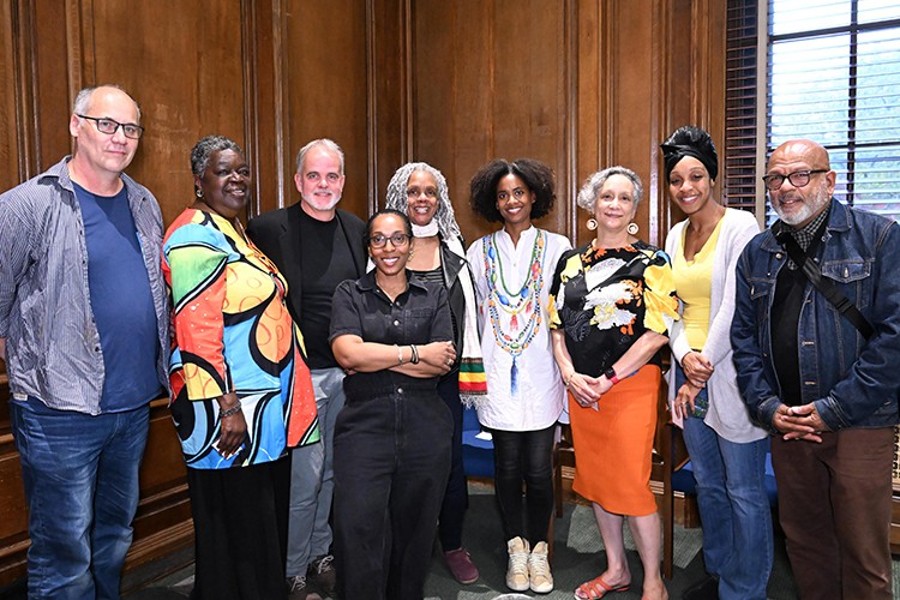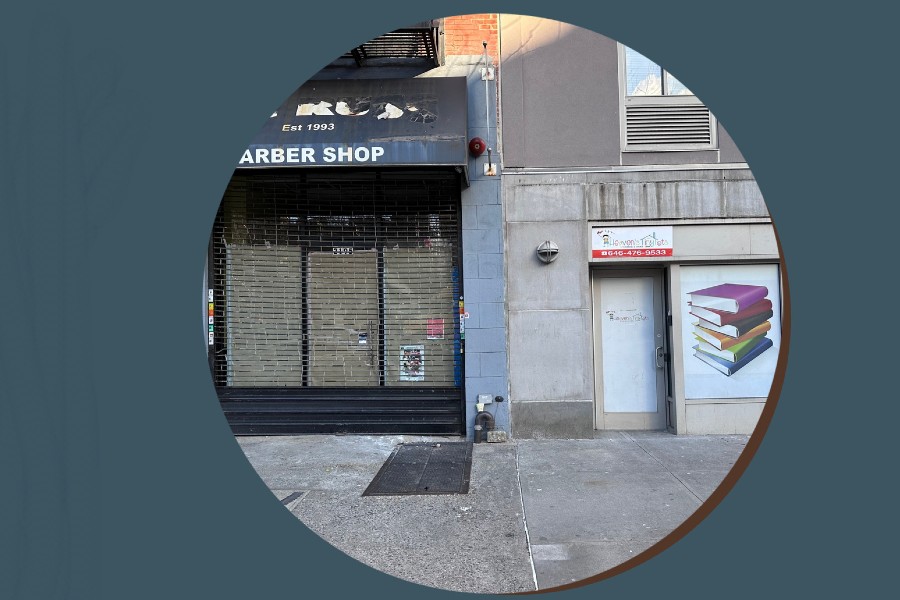 A new study released this week says that the loss of affordable housing in East Harlem can have negative affects on the health of neighborhood residents. The study, titled the East Harlem Neighborhood Plan Health Impact Assessment, states that “housing policy is also health policy.”
A new study released this week says that the loss of affordable housing in East Harlem can have negative affects on the health of neighborhood residents. The study, titled the East Harlem Neighborhood Plan Health Impact Assessment, states that “housing policy is also health policy.”
The study, conducted by the New York Academy of Medicine, analyzes the public health implications of the East Harlem Neighborhood Plan, which would rezone the neighborhood in an effort to preserve affordable housing stock.
“[Health impact assessments] are a critical tool for understanding the positive, and possibly negative, effects of a range of policies on the health of urban residents.” said Jo Ivey Boufford, president of the New York Academy of Medicine, in a statement.
East Harlem has lost nearly 2,000 units of affordable housing since 2011 and could potentially lose 6,000 over the next 10 years, according to the study. In addition to the loss of affordable housing stock, East Harlem residents already suffer from ailments such as hypertension, diabetes, asthma more often than residents of other neighborhoods.
The health impact assessment offered several recommendations for the East Harlem Neighborhood Plan which would help positively affect neighborhood residents’ health.
The recommendations are:
- Striving to include the 25 percent affordable housing set-aside at 60 percent AMI (Area Median Income) with 10 percent required at 40 percent AMI and the additional option of 20 percent units at 40 percent AMI in all developments;
- Ensuring that existing affordable units, particularly in privately owned buildings, are maintained.
- Improving the indoor environmental conditions of existing housing stock;
- Integrating active design, alternative green spaces, mitigation of dust exposure during construction, and inclusion of residents in decision-making for any infill development on NYCHA campuses;
- Requiring design and construction specifications that reduce noise pollution and promote safety in any new development allowed next to the Park Avenue viaduct; and
- Mitigating potential negative health outcomes of commercial development.
“In East Harlem, we are actively considering what policies, programs and investments are important to the future of our community,” said Harlem Council Speaker Melissa Mark-Viverito in a statement to our source. “And we’re thankful to The New York Academy of Medicine for assessing the broader health impacts of those proposed changes and ensuring long-term health outcomes improve for local residents.”
Photo: Flickr user The All-Nite Images via creative commons.
Become a Harlem Insider!
By submitting this form, you are consenting to receive marketing emails from: Harlem World Magazine, 2521 1/2 west 42nd street, Los Angeles, CA, 90008, https://www.harlemworldmagazine.com. You can revoke your consent to receive emails at any time by using the SafeUnsubscribe® link, found at the bottom of every email. Emails are serviced by Constant Contact








